Photo report from the 10-th PLA Air Force bomber division
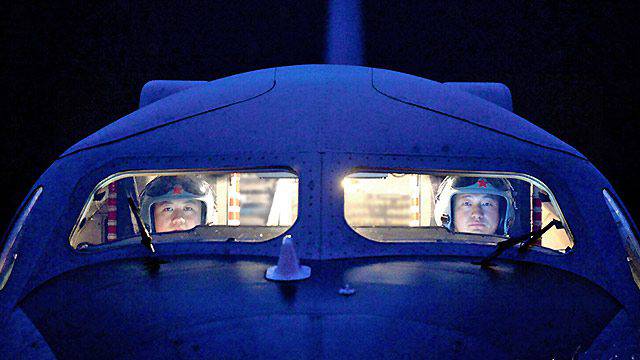
The crew of the Chinese long-range bomber bomber H-6K is preparing for departure (c) 81.cn
Chinese military Internet portal 81.cn published a large photo report of the 10th bomber aviation Air Force divisions of the Nanjing military district of the PLA, partially equipped with the latest Chinese long-range H-6K long-range bombers. Along with them, older vehicles continue to be used in the division, in particular H-6H bombers. It can be seen from the report that the H-6K crews, whose main specialization is the use of cruise missiles, also practice the use of not only adjustable bombs, but also free-fall bombs.
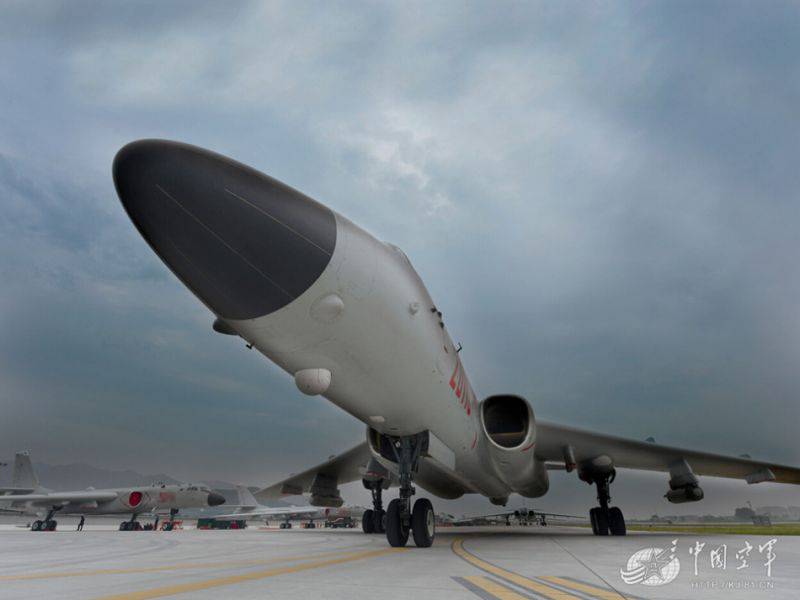
Bombers H-6K (c) 81.cn
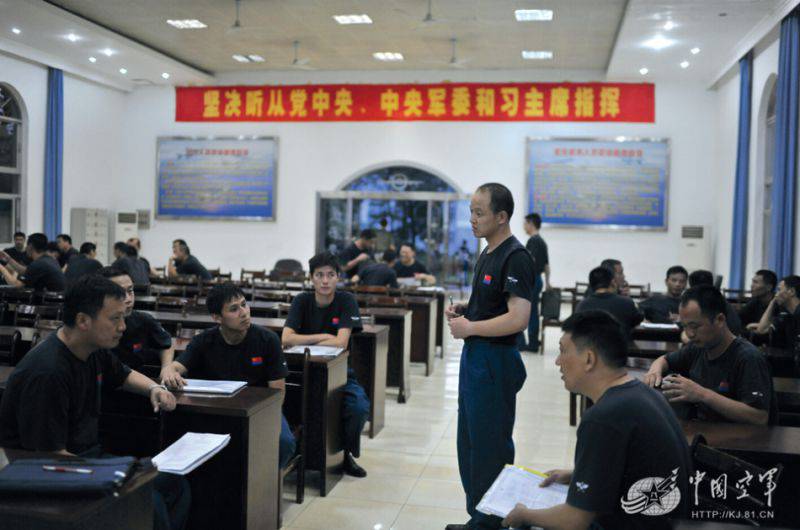
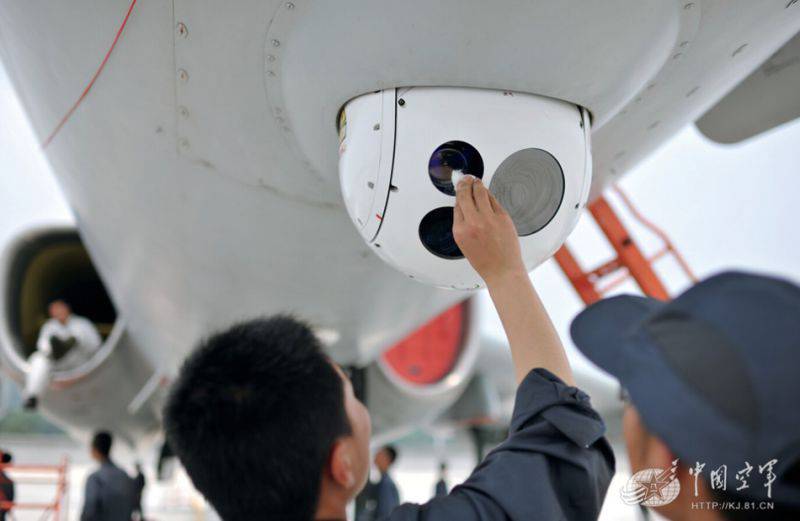
Optical-electronic sighting station bomber H-6K (c) 81.cn
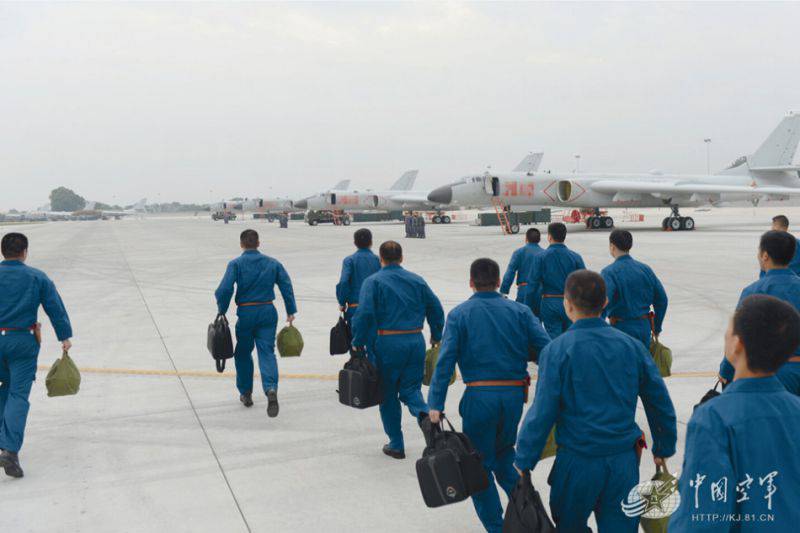
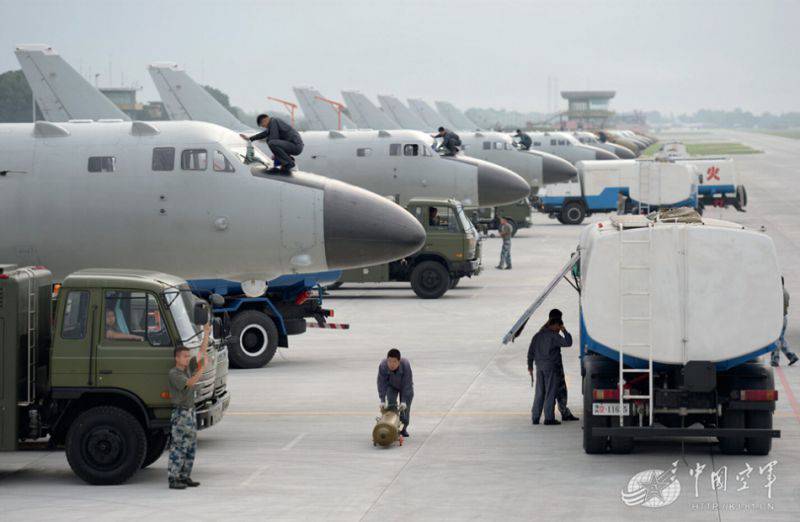
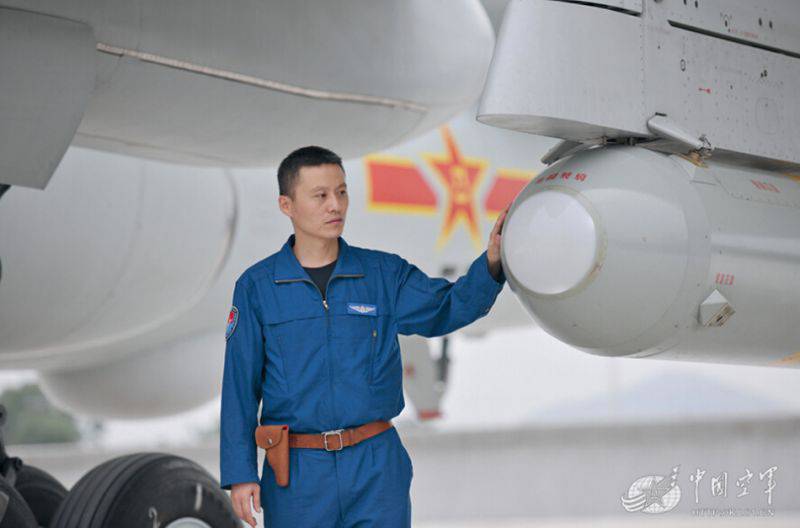
Service and suspension bombs (c) 81.cn
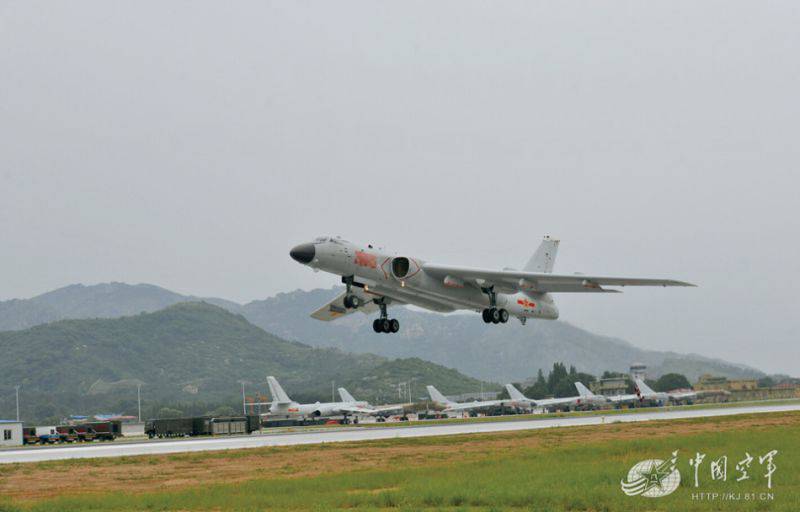
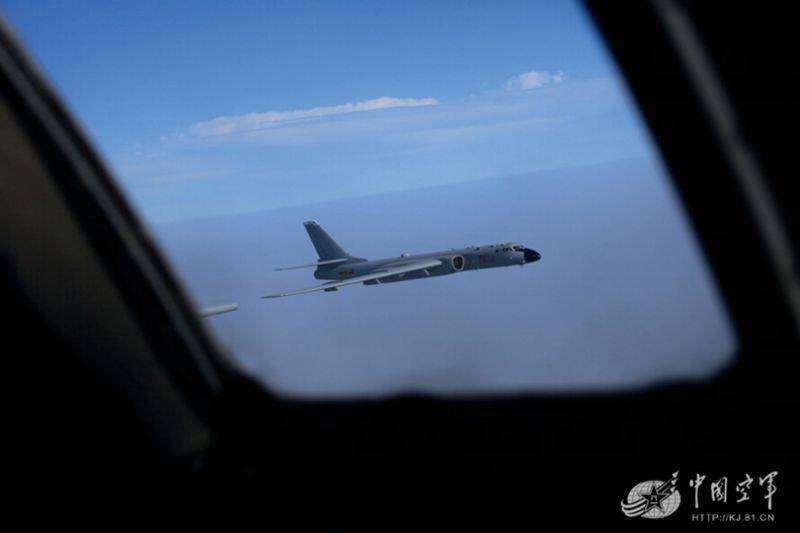

H-6K rocket-carrying bombers of the 10-th aviation division of the PLA Air Force (c) 81.cn
H-6K - a variant of a radical modernization of the basic design of the H-6 bomber (the Chinese version of the Tu-16). The aircraft is equipped with the Russian engines D-30KP2, its glider, especially the nose, underwent major changes, the composition of the onboard radio-electronic equipment has been completely updated. The aircraft is equipped with a "glass cabin" with at least five multifunctional displays. Its main armament is medium-range cruise missiles, such as the CJ-10, while some older bombers, in particular the H-6H, have also been modernized under the use of such cruise missiles. The H-6K can carry six cruise missiles on the underwing nodes of the suspension and, possibly, another one in the bomb bay that has survived on this plane.
The H-6K made its first flight in the 2007 year, and more and more attention has been drawn to it recently. In February, 2015, 10, the PLAC Air Force Aviation Division, was visited by President Xi Jinping of the People's Republic of China, and the “glass” cabin H-6K was shown for the first time in television reports on this occasion. In recent months, H-6K has begun regular training flights for the "first chain of islands", possibly practicing striking cruise missiles at Japan from the south-east direction, which is poorly protected for it. It is assumed that the range of the aircraft H-6K allows him to strike with cruise missiles at all major US bases in the region, including Guam and, possibly, Hawaii. At the same time, the H-6K is not essential for a full-fledged strategic bomber to be able to refuel in the air. Although theoretically his cruise missiles, structurally close to the Soviet X-55, can carry nuclear warheads, for the time being, nothing is known about this equipment option.
Information